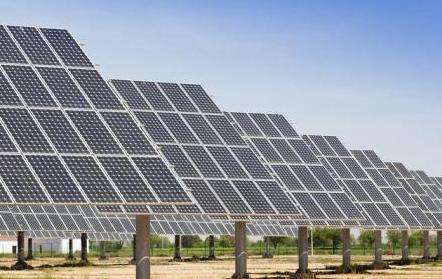Three stages of leech bottom wastewater discharge: oil separation, flotation and biochemistry;
The structure of the grease trap mainly adopts the advection type. Oily wastewater enters the rectangular grease trap through the water distribution. tank, along the It flows slowly in the horizontal direction, and the oil floats on the water surface during the flow, and is pushed into the oil collecting pipe by the oil collecting pipe oil or the oil scraper installed on the pool surface and flows into the dehydration tank. Heavy oil and other residues that settle in the grease trap accumulate in the sludge hopper at the bottom of the tank and enter the sludge pipe through the sludge discharge pipe. Wastewater treated by hydrocarbon separation overflows into the discharge tank of the drainage channel for further treatment to remove emulsified oilioned and other pollutants. The grease trap is equipped with two oil drains on the left and right. Depending on the actual installation location, one side may be closed and one side may be closed. The oil drain port on one side must be equipped with a valve. drain the oil, open the valve and temporarily close the water outlet if necessary to raise the oil level and drain the floating oil. You can also open the pool cover and scoop out the grease with a spoon. The grease trap is equipped with a stainless steel filter, which has a good grating function. Vegetable residue and debris can be effectively trapped when discharged into the grease trap. Just use a strainer to fish them out.
Daily cleaning of the grease trap: If there is too much grease on the filter, remove the filter, rinse it with hot water, then replace it. If the surface grease in the grease trap exceedsse 5 cm, the oil should be drained to avoid blockage of sewers and overflow of sewage caused by solidification of grease during cold seasons. There are two waste water outlets at the bottom of the grease trap, which can be closed normally after installing the valves. When cleaning the grease trap thoroughly, you can open the valve to drain all the water and mud at the bottom of the grease trap.
Grease trap types: above ground, buried, semi-buried, suspended automatic oil scraping grease trap, air floating automatic oil scraping grease trap, filter grease
< p>Recommended practices: 1. Separate the oil at the end of the main kitchen pool and filter the oil into the secondary pool of the third level pool. It may be necessary to provide a separate maintenance and dredging pond in the main drainage pipe of the property's cast iron pipe, which is pmore scientific than the previous method. 2. Separate slag and oils at the end of the main basin, with less waste; pipe openings to facilitate cleaning of slag, and the pond wall is higher than the tile surface (increasing the effective depth); the first level pool separates the pool and the oil, the second and third level pools separate the oil and the third; the level pool is a three-lane isolation pool; the oil surface is filtered through the third level.Grease trap: It uses the different densities of suspended solids and water in the wastewater to achieve the separation objective. The structure of the grease trap is mainly advection type, and the oily wastewater enters the oil trap with a rectangular plane through the water distribution tank. The pool flows slowly in the horizontal direction. LThe oil floating on the flow surface is pushed to the oil collection pipe by the oil collection pipe or oil scraper installed on the pool surface and flows into the dehydration. tank.
It is deposited in the oil trap. Heavy oil and other impurities accumulate in the sludge hopper at the bottom of the pool and enter the sludge pipe through the sludge discharge pipe. The waste water after oil separation overflows. drainage channel and discharge pool for further treatment to remove emulsified oil and other impurities. The grease trap is equipped with two oil drains on the left and right. According to the actual conditions of the installation place, one side can be closed and. one side can be closed. When using the oil drain port on one side, a valve must be installed. When changing the oil, open the valve if necessary. You can temporarily close thewater outlet to increase the oil level and drain. floating oil.
You can also open the pool cover and use a spoon for the grease skimming method. The grease trap is equipped with a stainless steel filter, which has a good grill function. Vegetable residue and debris can be effectively trapped when discharged into the grease trap. /p>< p> If there is too much grease on the filter, you can remove the filter, rinse it with hot water, then put it back in place. Depending on use, the surface is greasy in the grease trap. exceeds 5 cm, the oil must be drained. Grease trap There are two waste water outlets at the bottom, which are usually closed after adding valves. When the grease trap is thoroughly cleaned, the valve can be opened to release any water in the grease. trap and the mud at the bottom.
The grease trap is installed according to the treatment method,it is divided into: overhead, underground, semi-buried, suspended, automatic oil. grease scraper and trap, air-floating automatic oil scraper and grease trap, and filter type grease trap














